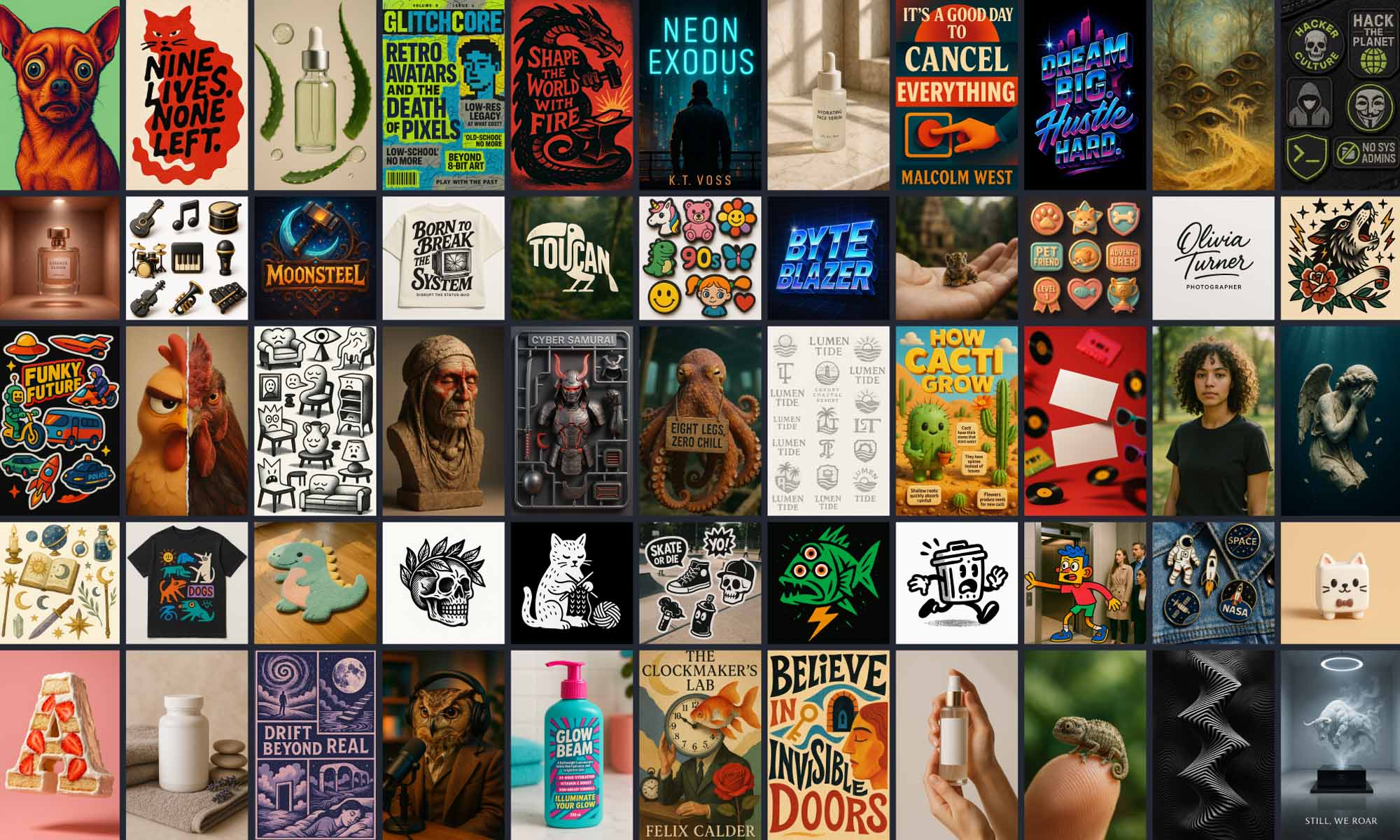Debugging ChatGPT Prompts: The Ultimate Guide to Fixing Errors and Boosting Output Accuracy
Share
Creating prompts for ChatGPT is an art—and like any art form, it comes with trial and error. But what if you could shortcut the guesswork and build bulletproof prompts that deliver perfect results every single time?
Whether you're a creator, solopreneur, or selling digital prompt templates, this is your go-to guide for debugging ChatGPT prompts, avoiding common pitfalls, and optimizing for output accuracy.
🚨 Why Prompt Debugging Is a Critical Skill
When prompts fail, it’s not ChatGPT’s fault—it’s the input.
Poorly written prompts result in:
• Irrelevant or off-topic responses
• Incomplete answers or skipped steps
• Unstructured, inconsistent formatting
• Misinterpretation of tone, audience, or purpose
For digital sellers, this means refunds, bad reviews, and lost credibility. Mastering prompt debugging is the key to ensuring every prompt you publish is conversion-ready and customer-proof.
⚠️ The 5 Most Common Prompt Errors (and How to Fix Them)
1. Vague Prompts That Confuse the Model
❌ Bad: “Create content for social media.”
✅ Fix: Specify platform, format, tone, and audience.
Example: “Write a 3-sentence Instagram caption in a witty tone promoting a new productivity app to freelancers.”
2. Overloaded Instructions That Derail Accuracy
❌ Bad: “Write an email, then summarize a case study, and make it sound like Gary Vee.”
✅ Fix: Break into separate prompts. Prioritize one outcome per prompt.
3. Missing Context or Role Assignment
❌ Bad: “Explain SEO.”
✅ Fix: Assign a role + audience.
Example: “You are an SEO coach. Explain SEO basics to a beginner fashion blogger using simple analogies.”
4. No Format Direction
❌ Bad: “Write a business plan.”
✅ Fix: Add structure.
Example: “Write a business plan in bullet format with 5 sections: Executive Summary, Problem, Solution, Market, Launch Plan.”
5. Forgetting Output Constraints
❌ Bad: “Write a product description.”
✅ Fix: Add length, tone, and structure limits.
Example: “Write a 75-word product description in a friendly tone, emphasizing benefits over features.”
💡 Advanced Prompt Debugging Techniques
🧠 Use “Think Step-by-Step” Prompts
Trigger logical reasoning before output.
Prompt: “Let’s think step-by-step: how would a startup founder plan a product launch in 30 days?”
🧱 Prompt Sandwiching
Wrap the prompt with reinforcing context.
Example: “You’re a SaaS marketer. Write a welcome email. Make sure to include a personal hook, feature highlights, and a soft CTA. Go.”
🔁 Run A/B Prompt Variations
Test multiple phrasings of the same intent. Track which version gets you the cleanest, most complete output.
✅ Prompt Debugging Checklist
Before hitting "run", ask:
Did I define the tone, format, and persona?
Is the prompt single-purpose?
Have I specified structure (e.g. bullets, headings)?
Are there word count or style limits?
Did I include examples or role-based context?
📈 Pro Tip: Use Ready-Made, Pre-Tested Prompts
Why reinvent the wheel?
Our store offers a curated library of battle-tested ChatGPT prompt templates for marketers, entrepreneurs, creators, and productivity geeks. Each one is designed to eliminate trial-and-error and give you perfect results instantly.
👉 Browse All Prompt Templates →
Final Thoughts: Build Prompts Like a Pro
Great prompts don’t happen by accident—they’re engineered. With the debugging strategies above, you’ll gain full control over ChatGPT’s output, reduce friction, and turn your AI usage into a superpower.
Start small. Test fast. Iterate often. And if you ever feel stuck—use our pre-built prompt library to shortcut your way to success.











